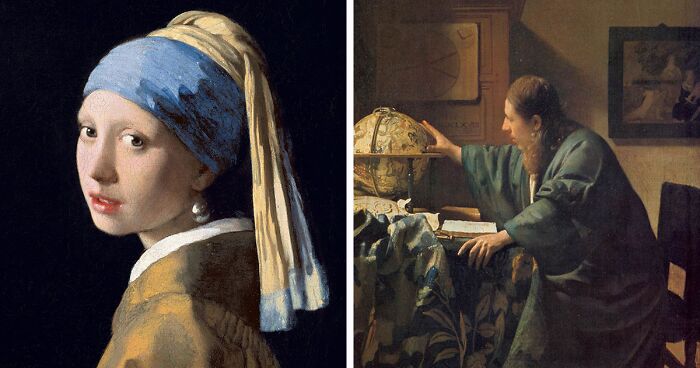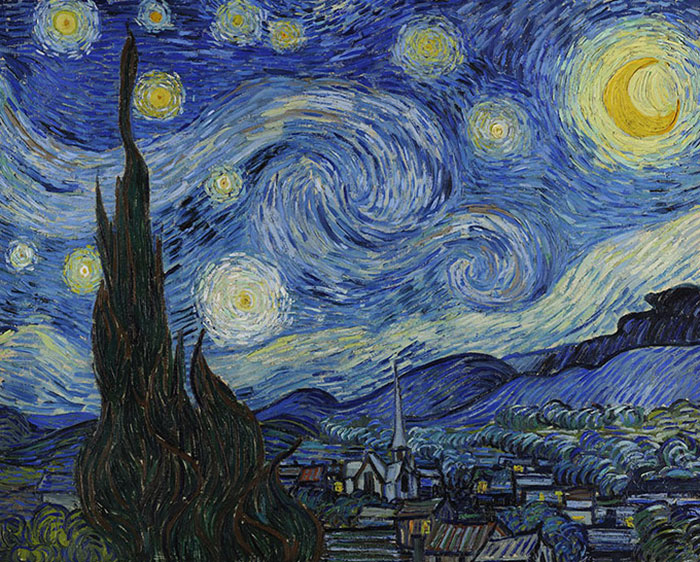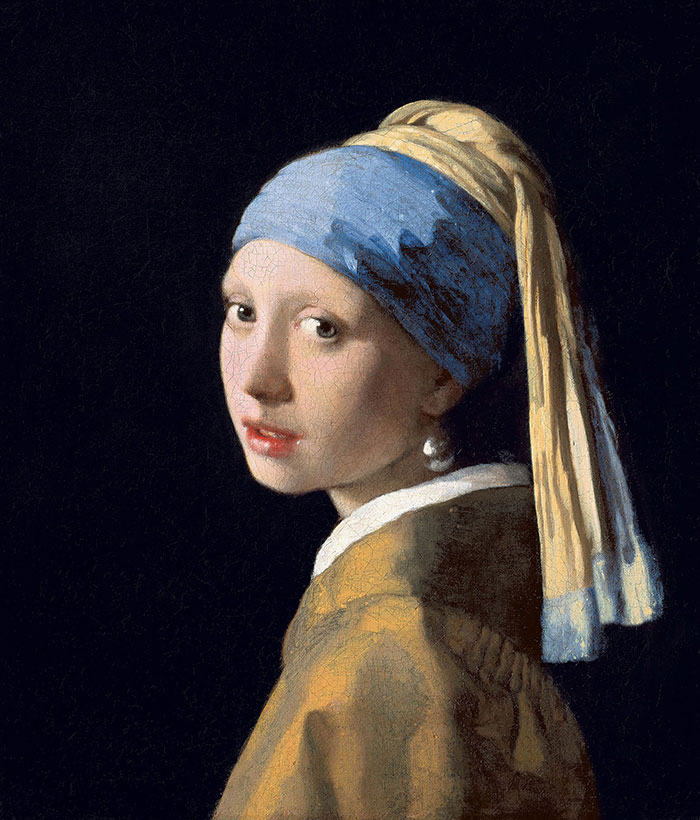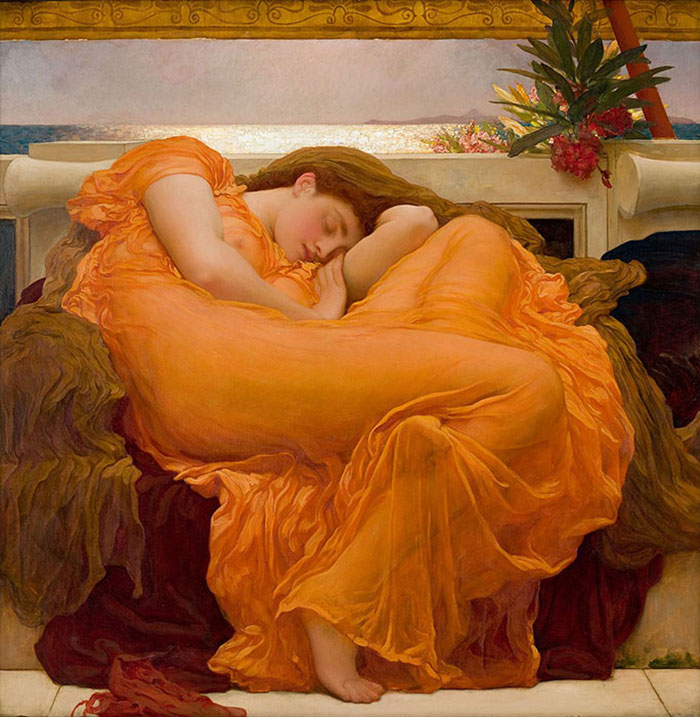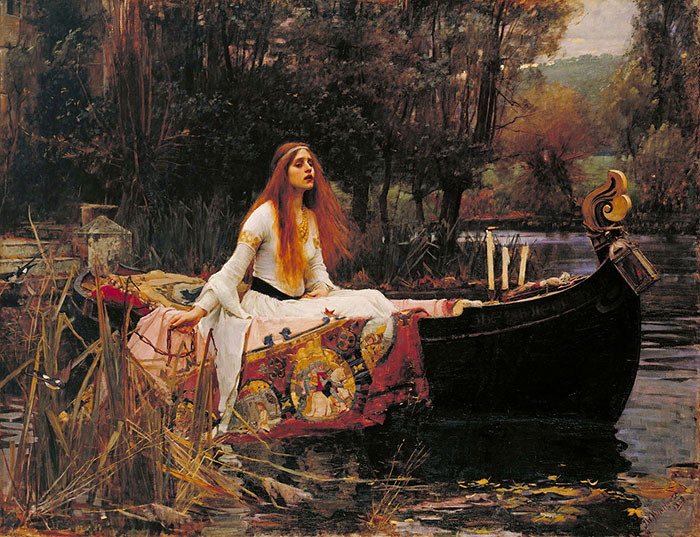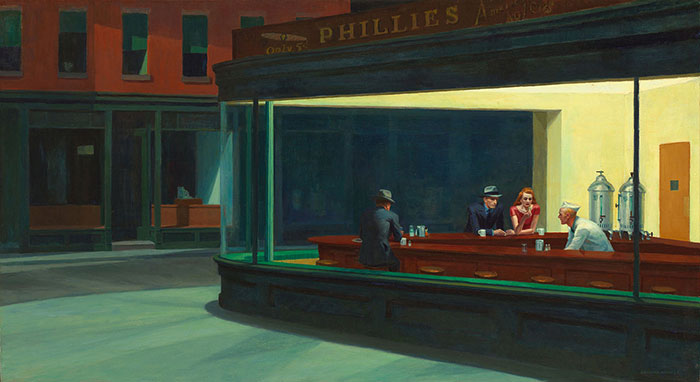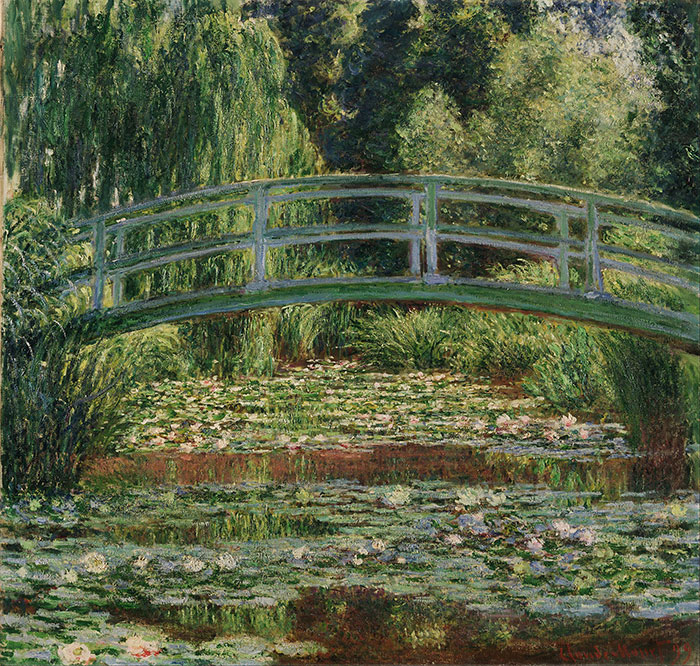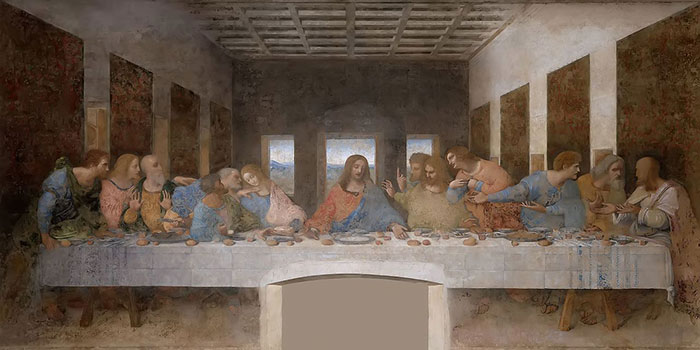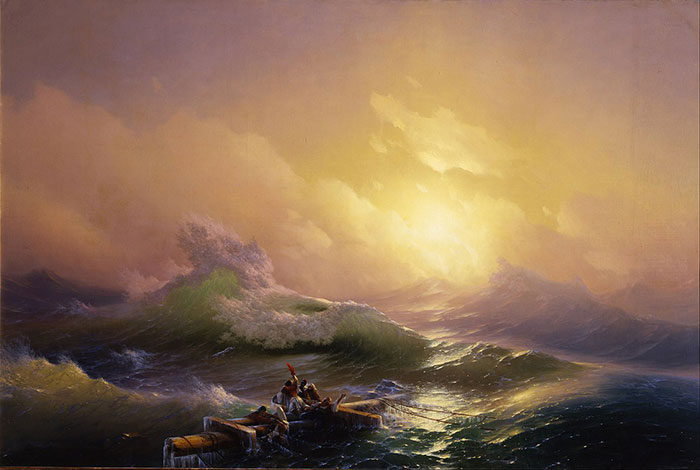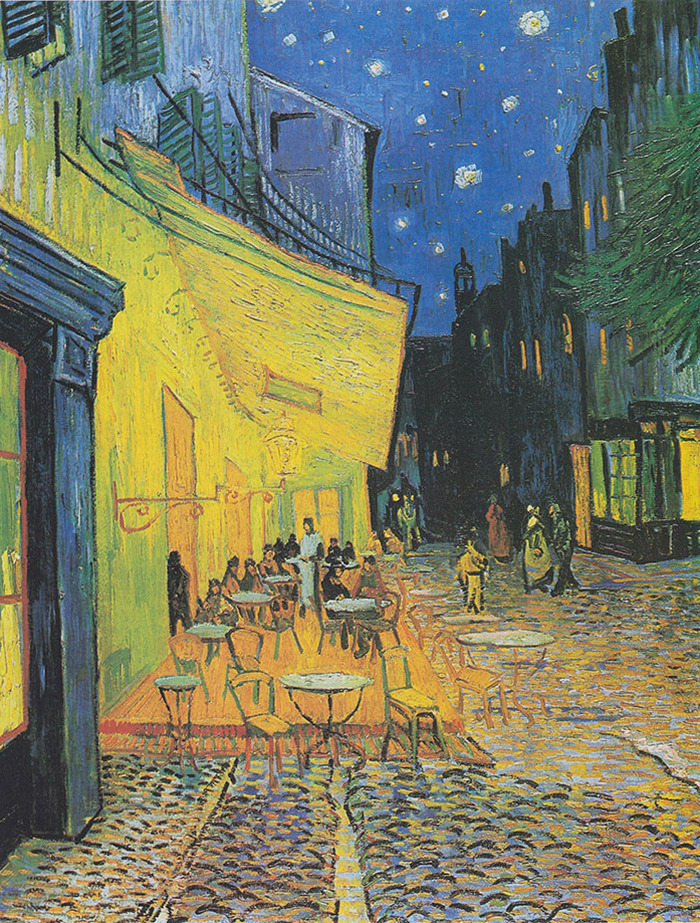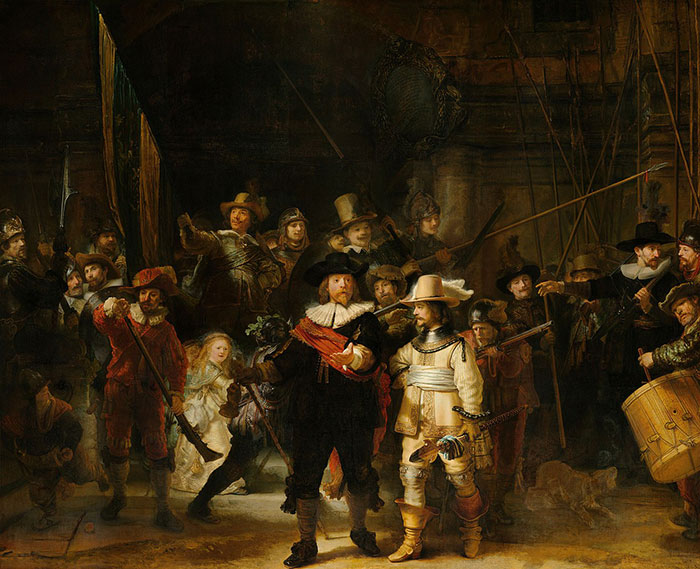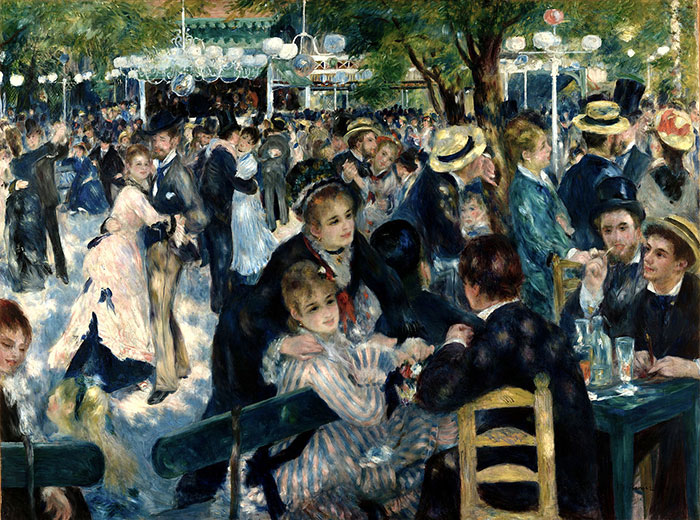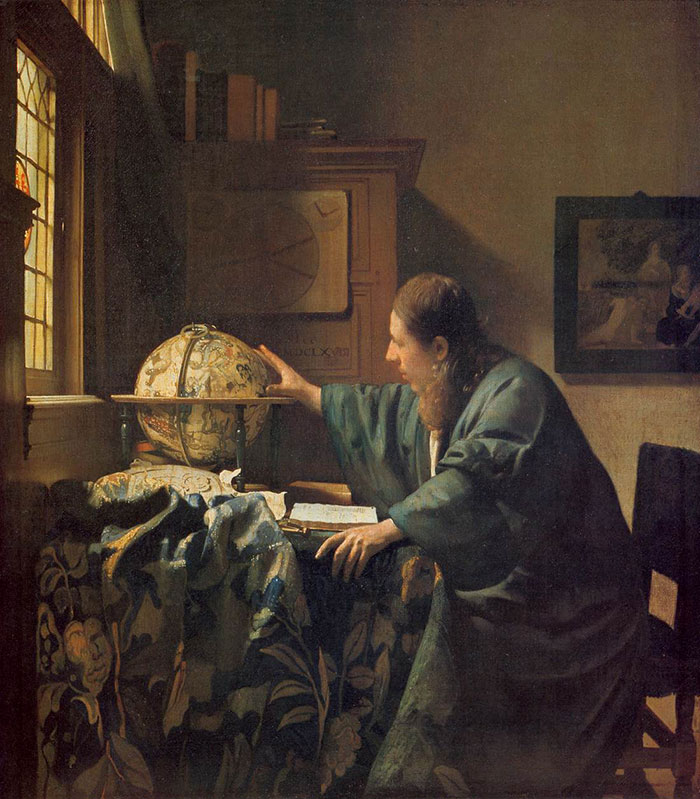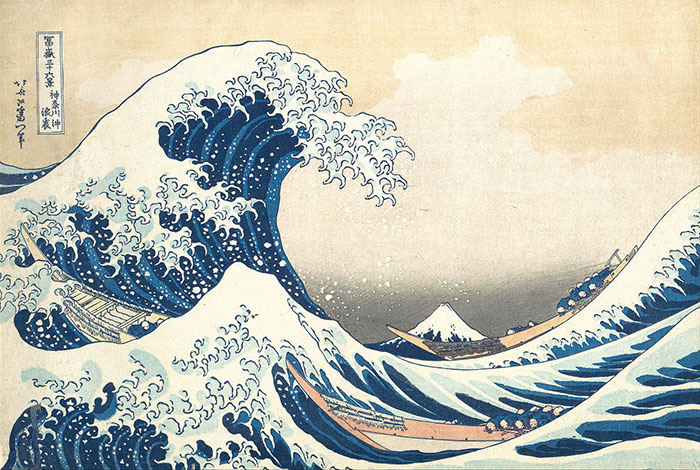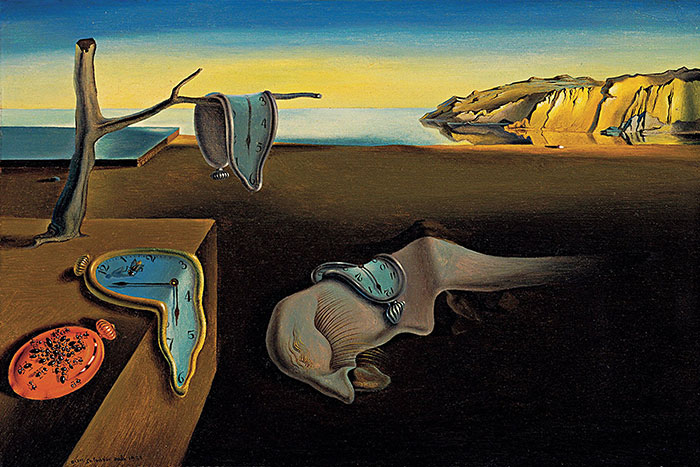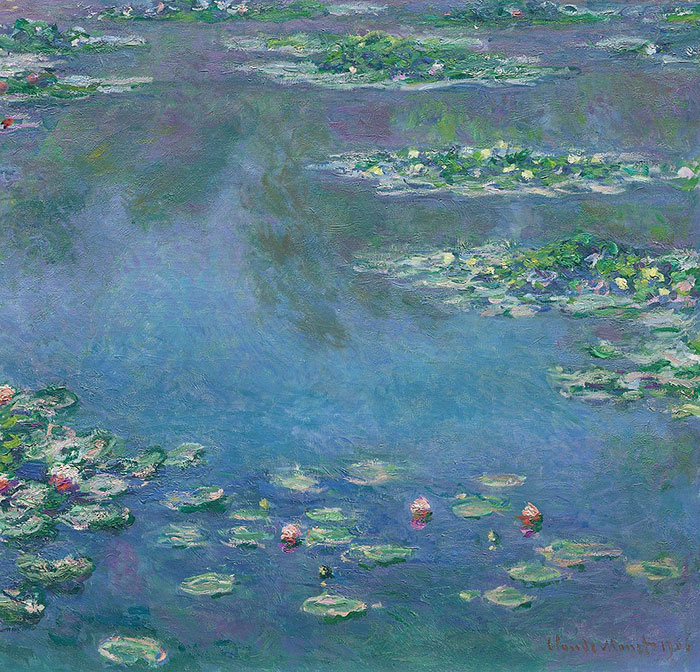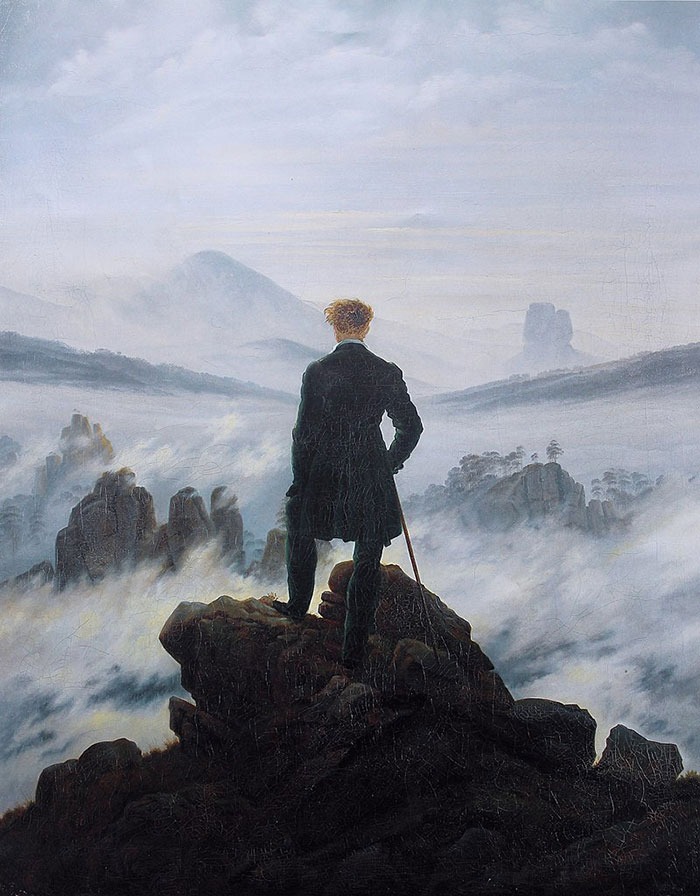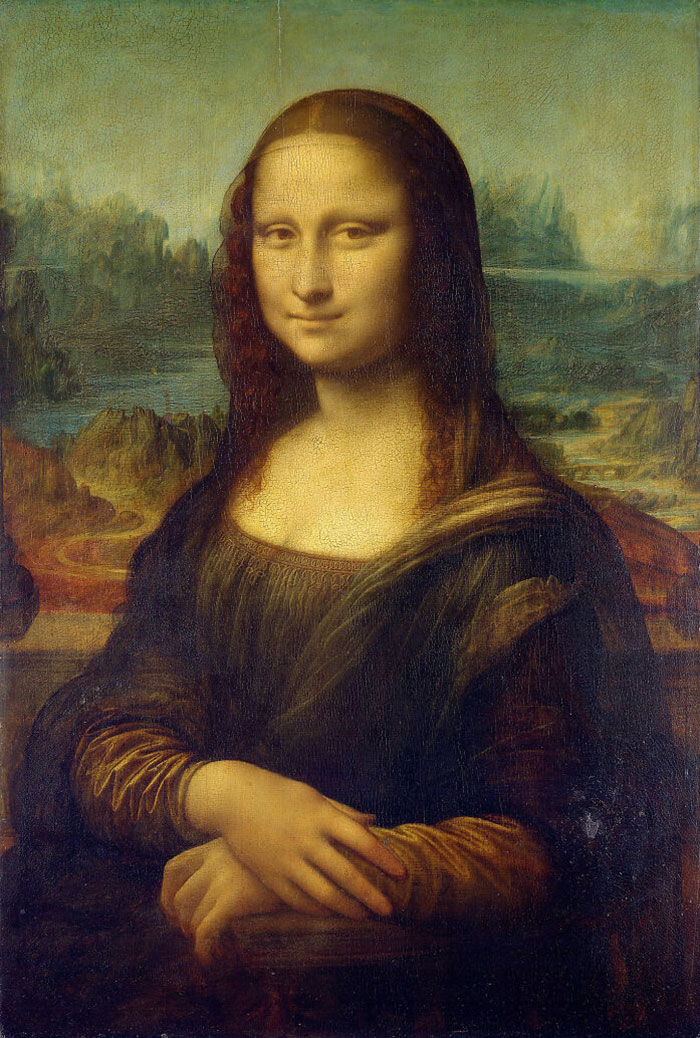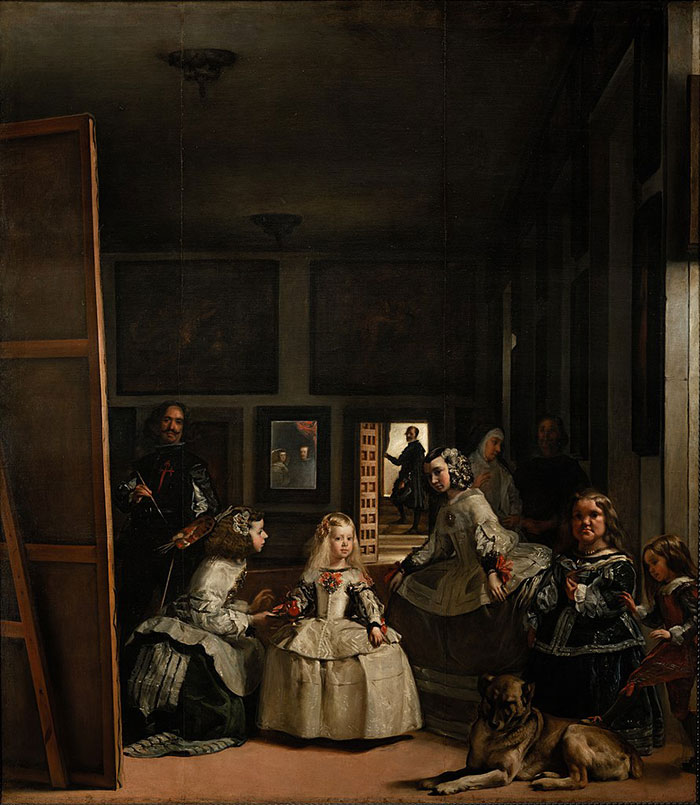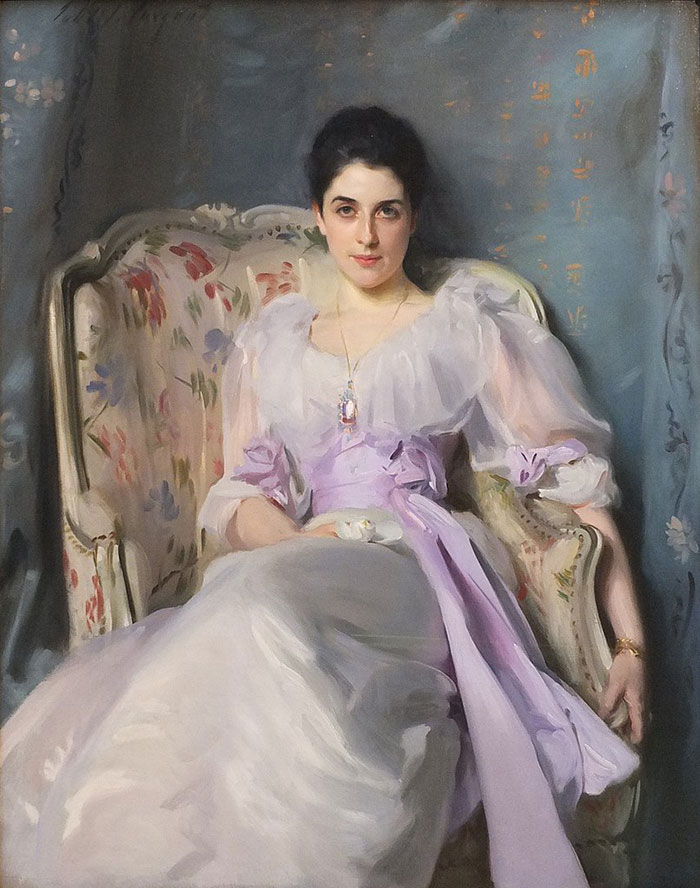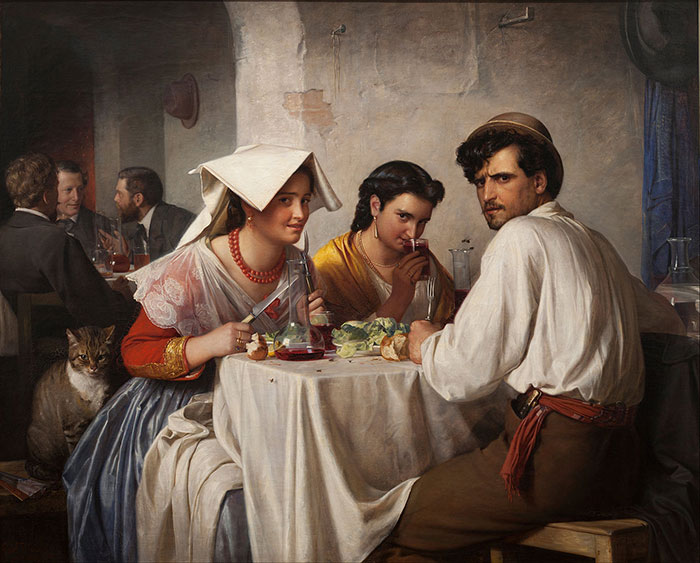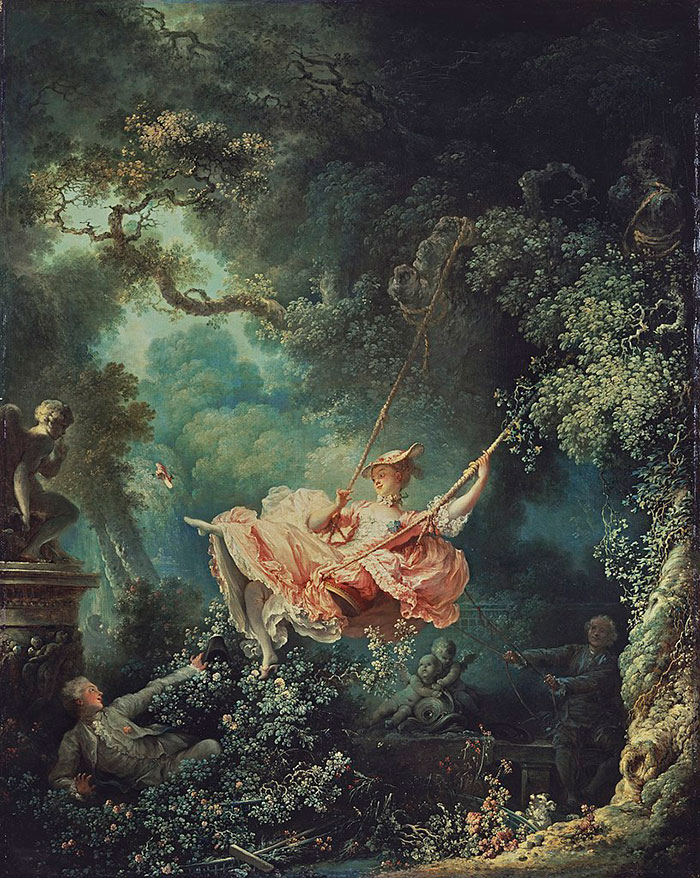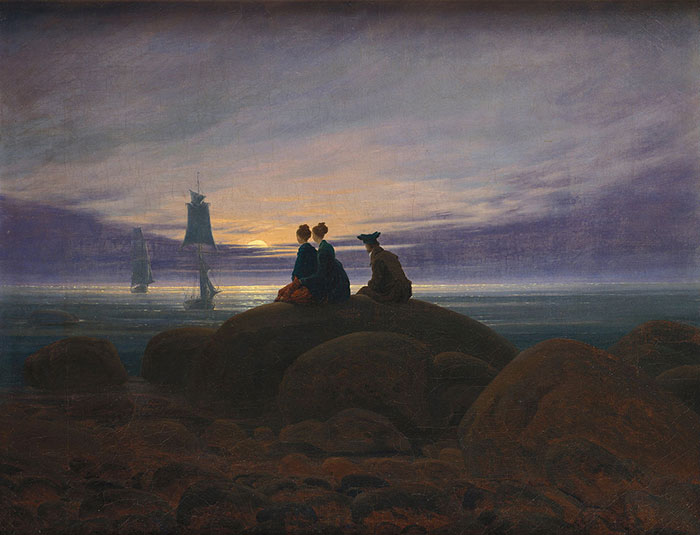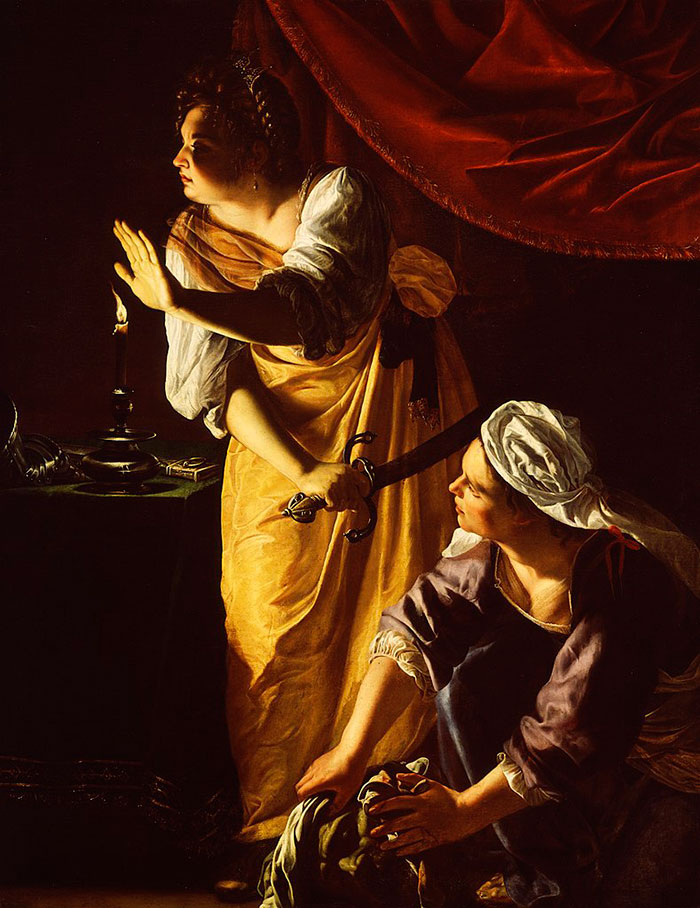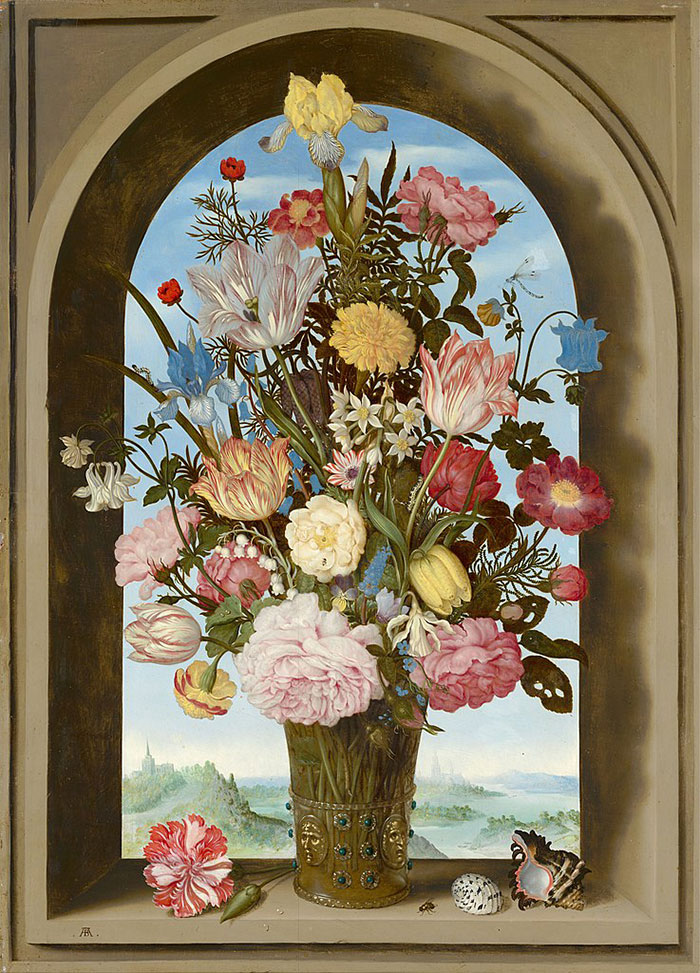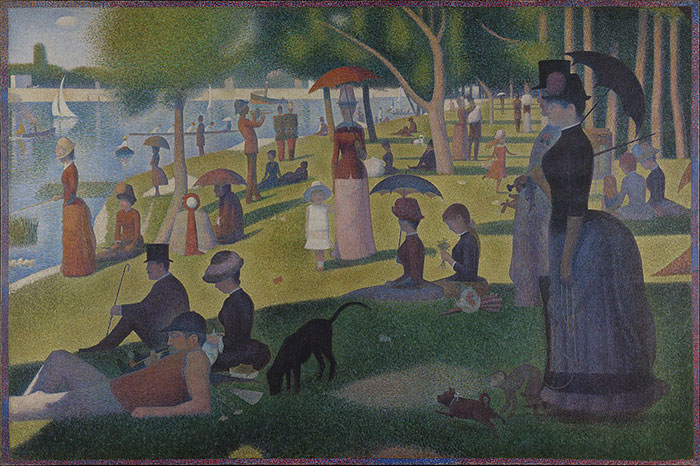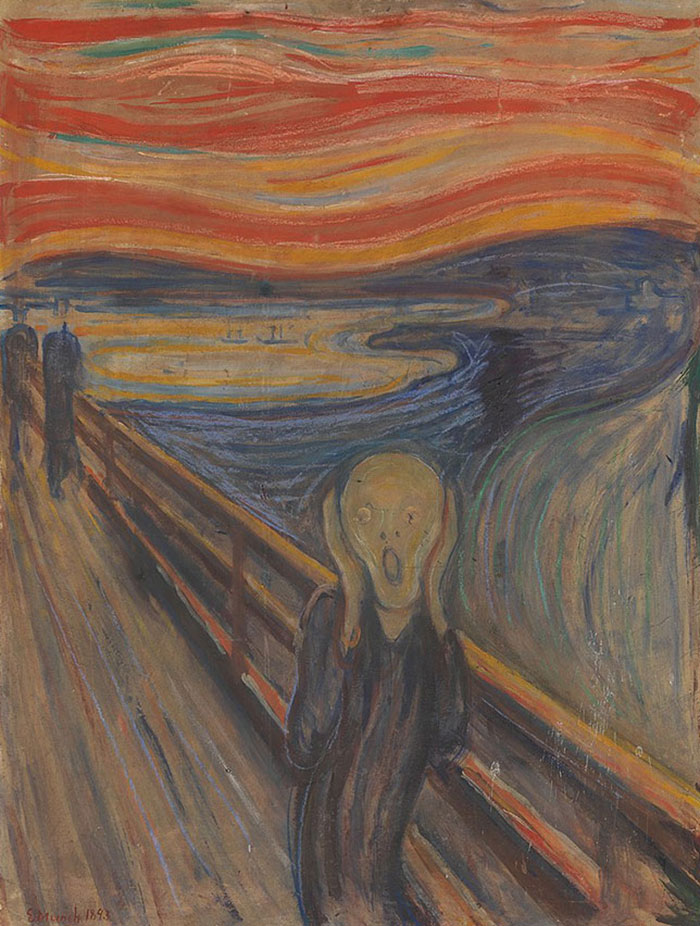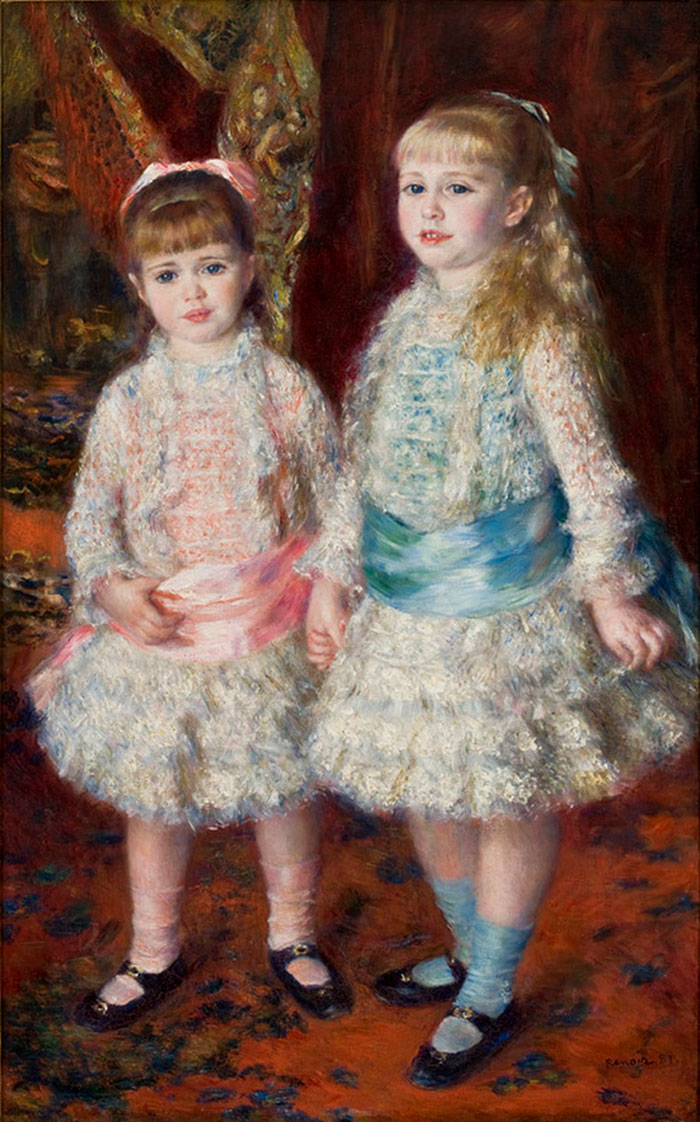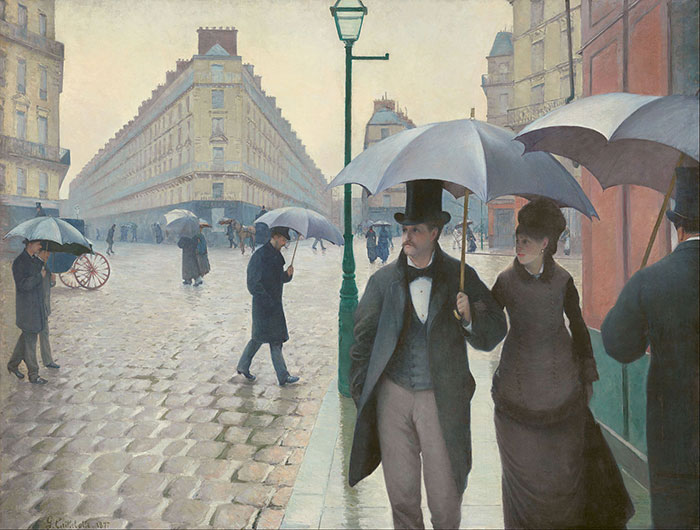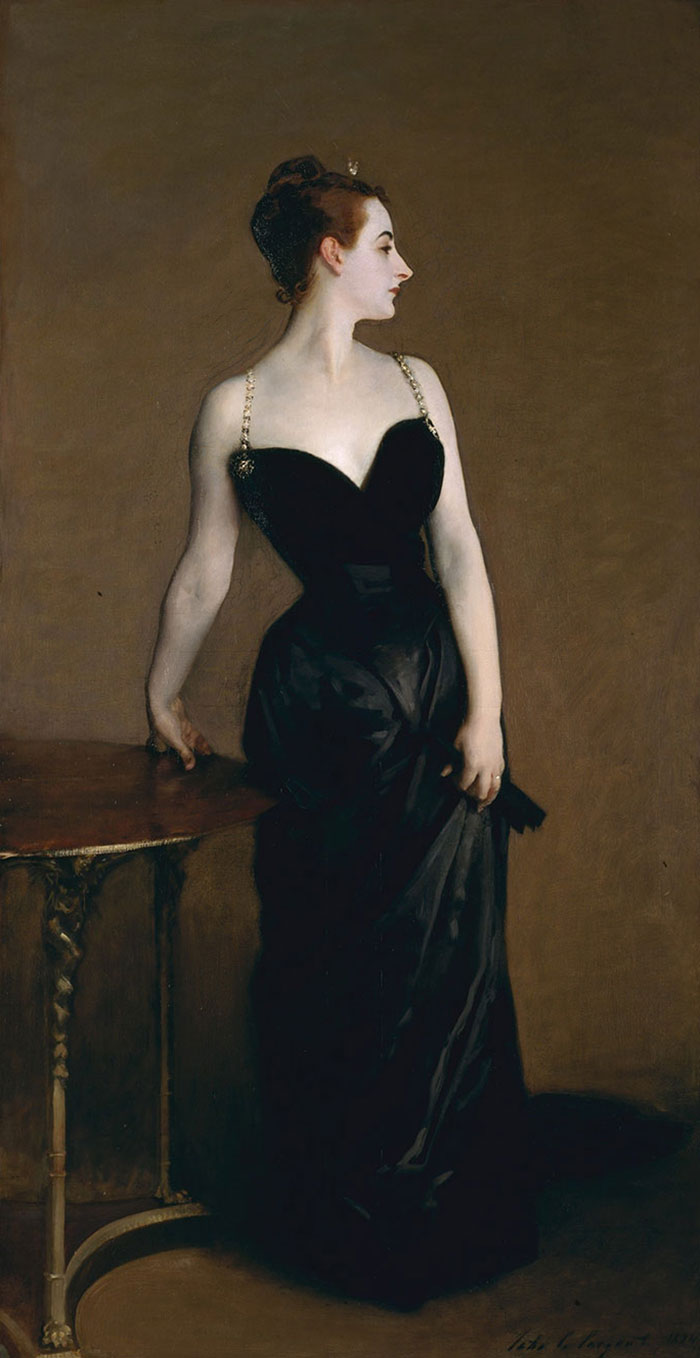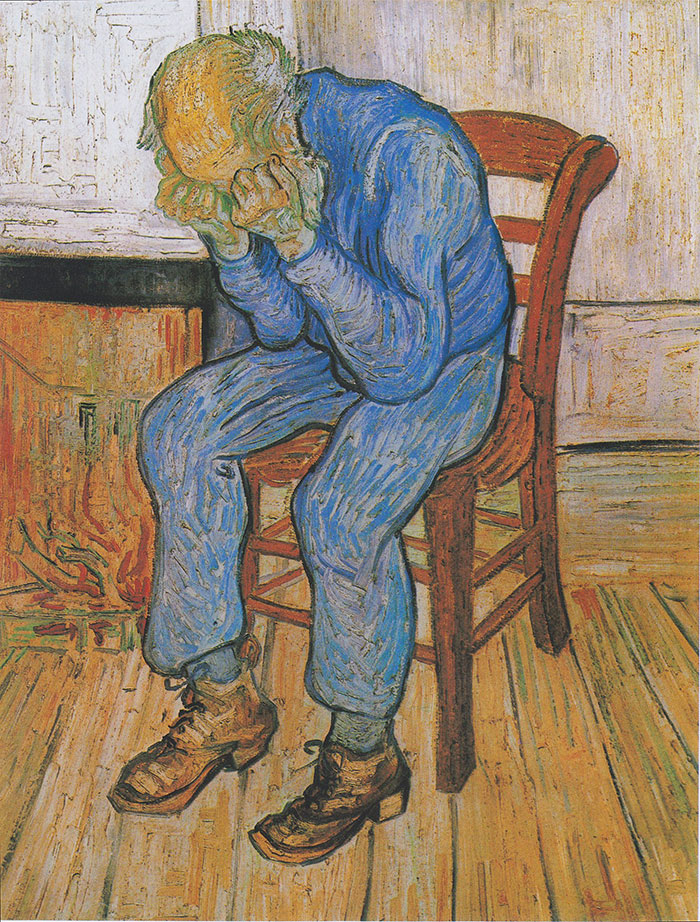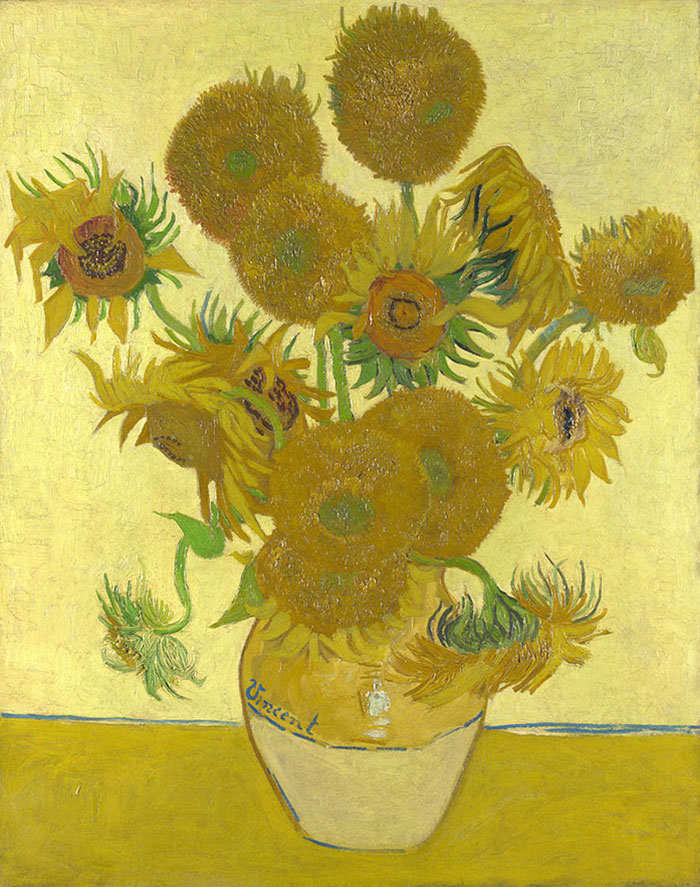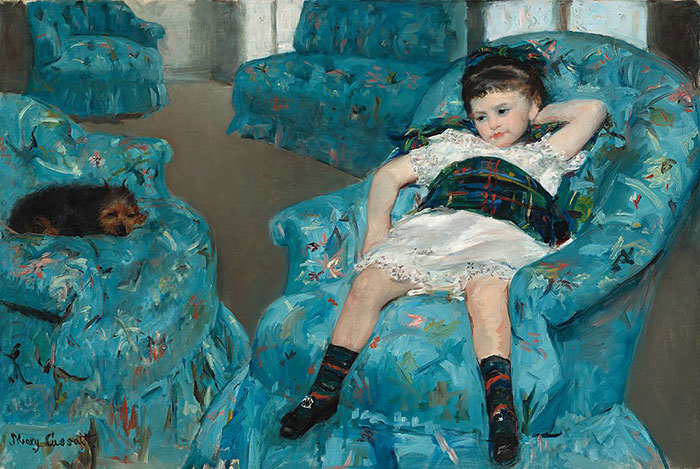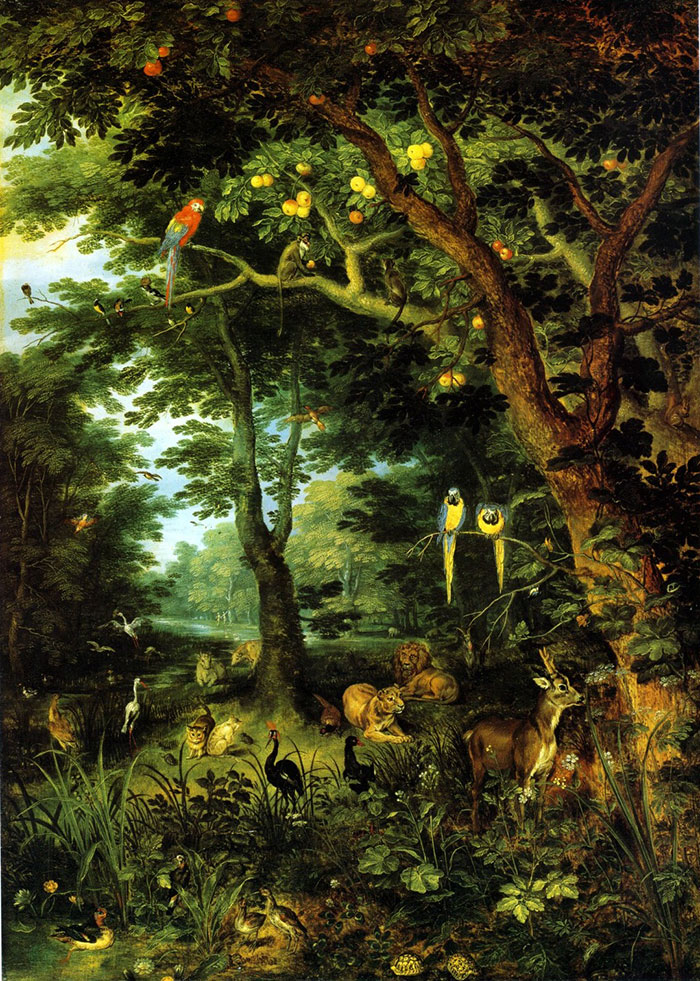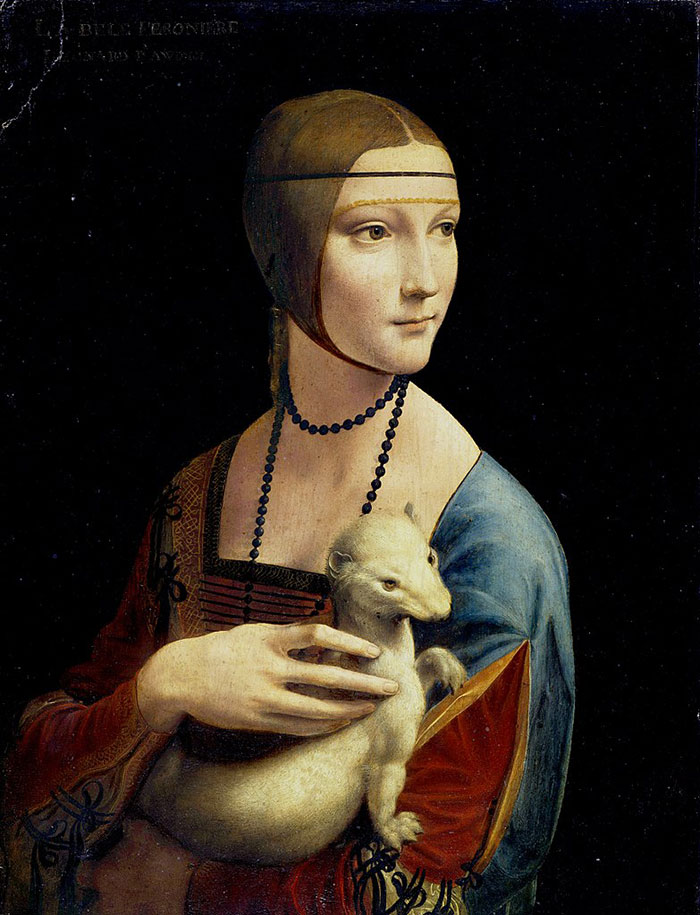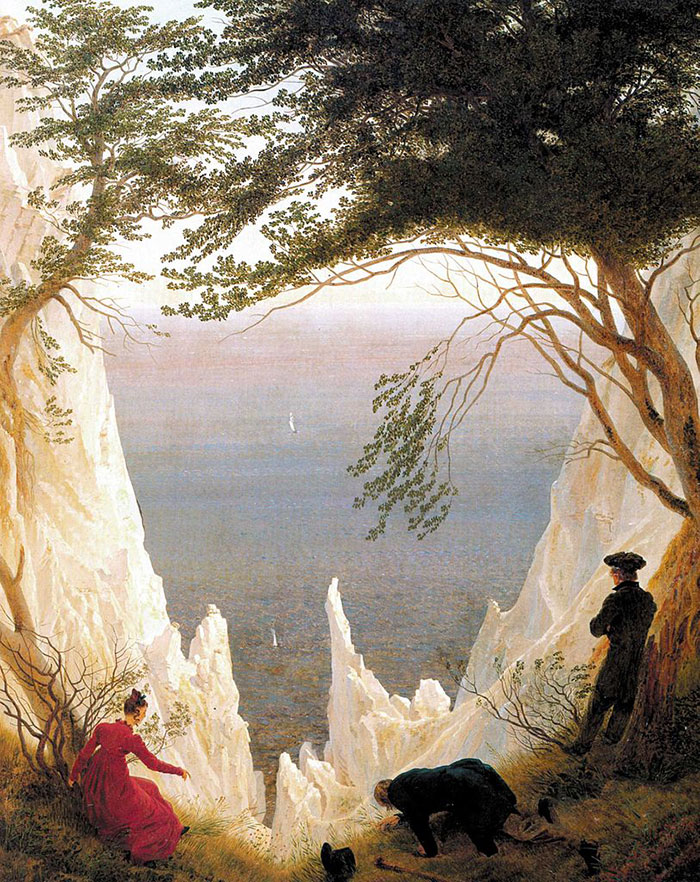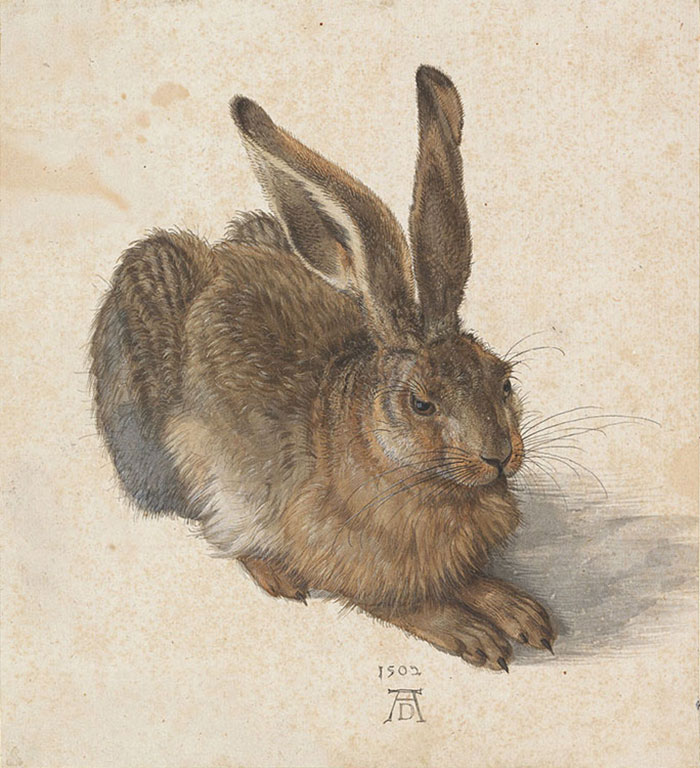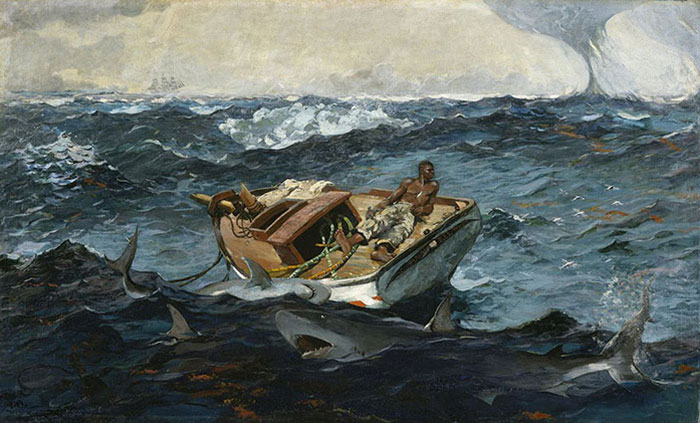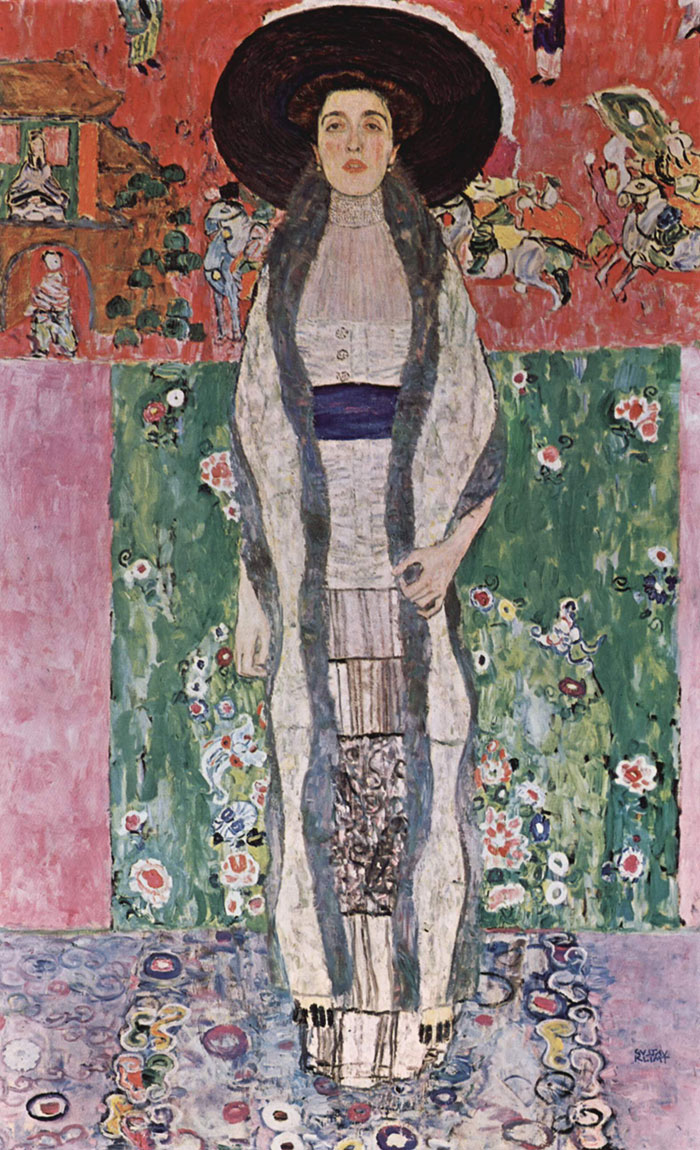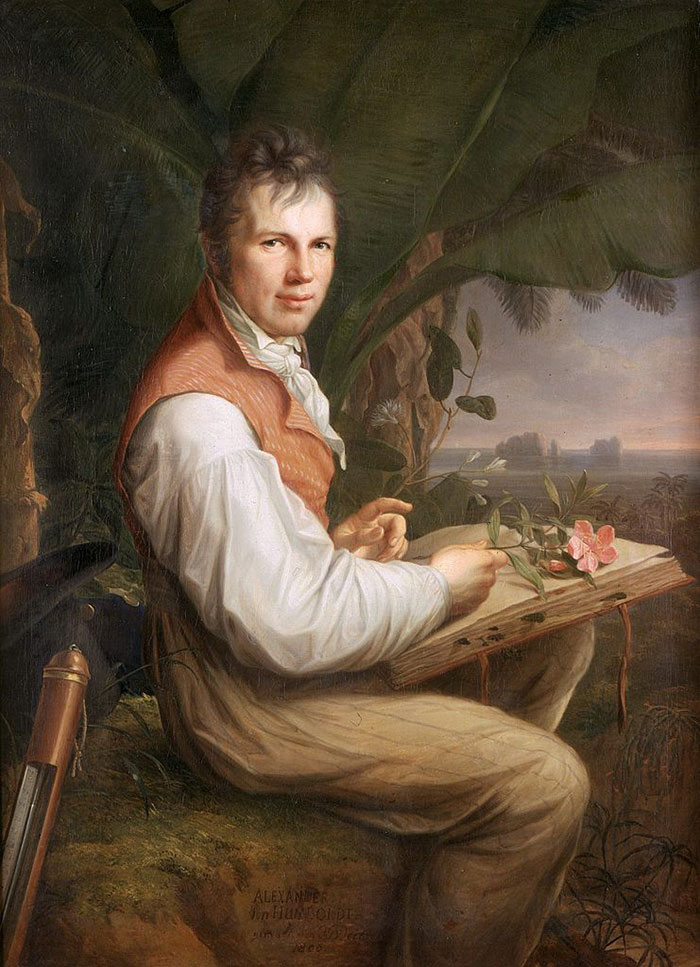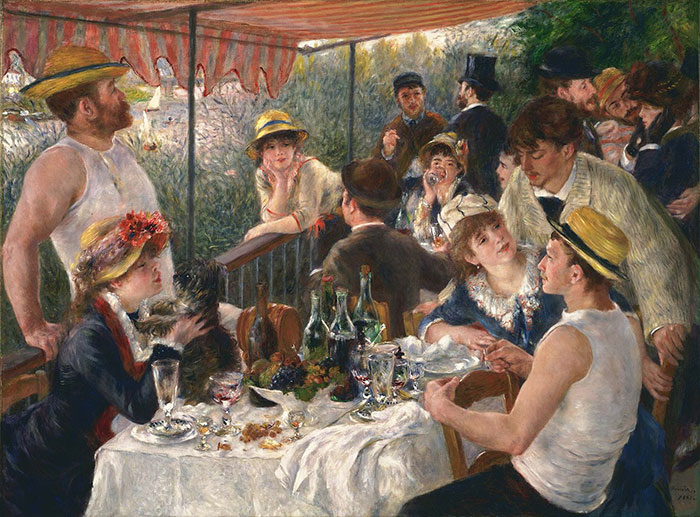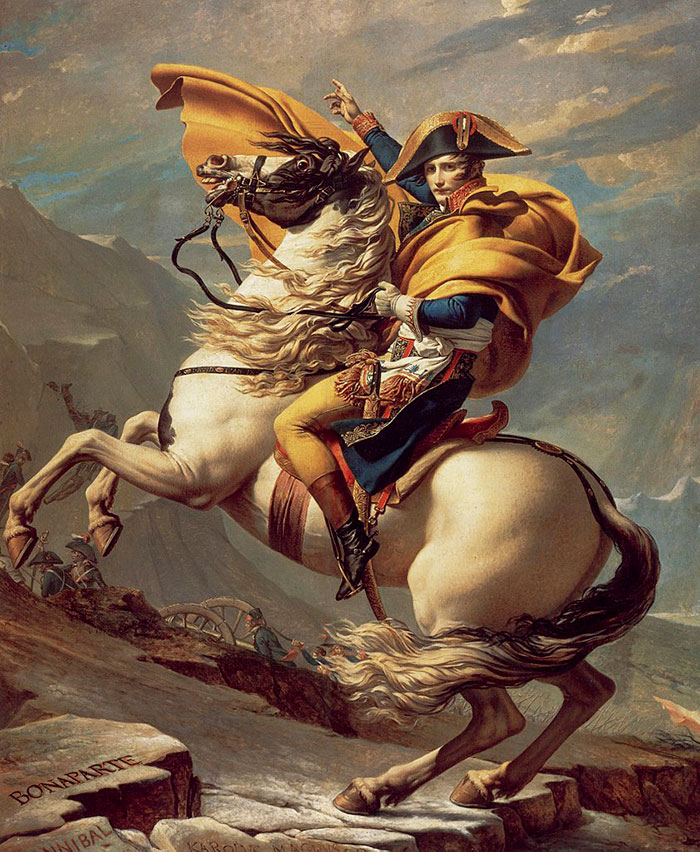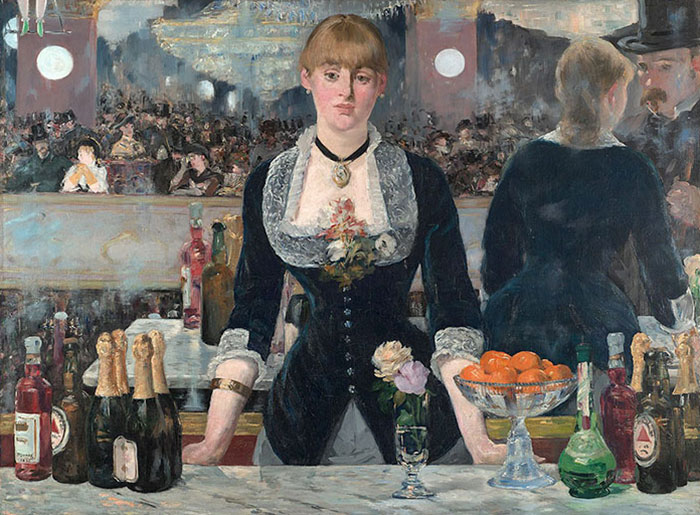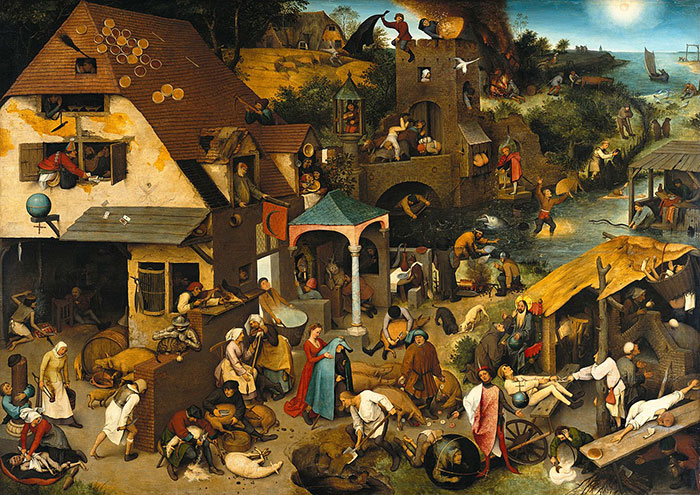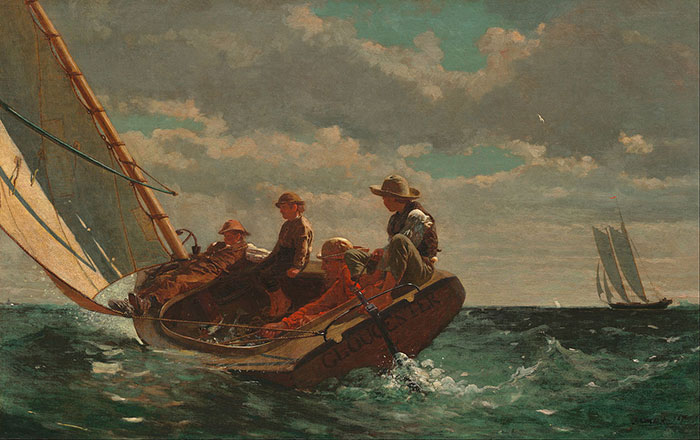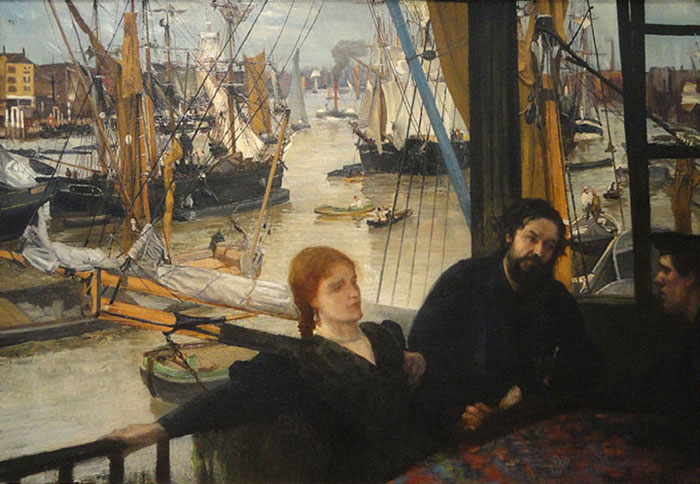More than $850 million — that’s the estimated value of the legendary Mona Lisa painting. Nevertheless, one of the most famous paintings and an iconic Renaissance art piece is not for sale. Under French heritage law, an artwork declared priceless is prohibited from being bought or sold. Although you might not be able to take the painting home, you can still take a glimpse at the iconic smiling lady in the Louvre for less than the cost of a meal at Mickey D’s.
However, Leonardo Da Vinci, arguably one of the most famous portraitists who ever lived, isn’t the only face behind some of the best artworks of all time. Art and history fanatics, and just regular folks, really, must know other famous artists such as Michelangelo, Salvador Dalí, the geniuses behind some of the most famous still life paintings, Claude Monet and Vincent van Gogh, and many other talented painters who changed art history forever. Luckily, there is no need to be an art major to recognize some of their most famous paintings.
Below, we’ve compiled a list of famous artworks from some of the most brilliant artists who brought color to history. Famous watercolor paintings, lifelike portrait paintings, and the best of still life, you name it! There’s plenty to recall (or discover). We even threw some dark, even scary paintings into the mix! Take a look and let us know which famous artwork or painter is your favorite. Also, while it was our job to gather the most famous paintings, it’s now up to you to rank them. The more upvotes the artwork receives, the higher it will be on the list, so get upvoting your favorites!
This post may include affiliate links.
The Starry Night By Vincent Van Gogh
Artist: Vincent van Gogh | Year (completed): 1889 | Movement: Post-Impressionism
The Starry Night perfectly fits the Post-Impressionist aesthetic because it is rife with meaning. The meaning of it is typically connected to Van Gogh's deteriorating mental state. In this painting, he returned to the blues he had used when fighting mental illness. His mental state can also be indicated by the erratic brushstrokes. The dark church he painted from memory is reminiscent of his highly devout upbringing. Since cypress trees are frequently connected with cemeteries and death, it might be that Van Gogh wanted the tree to represent his struggles with mental illness.
Girl With A Pearl Earring By Johannes Vermeer
Artist: Johannes Vermeer | Year (completed): 1665 | Movement: Dutch Golden Age
The Girl With A Pearl Earring, one of Vermeer's most famous paintings, was created in 1665, ten years before his terrible demise. The work has gone by several names throughout the ages, and only in the 20th century did it receive its current title. A young woman is depicted in the painting in a small, dark environment that focuses the viewer's attention solely on her. She is decked out in a gold jacket with a visible white collar underneath, the titular pearl earring, and a blue and gold headpiece. Unlike many of Vermeer's subjects, she is not focused on a routine task and unaware of the viewer. Instead, she turns her head over her shoulder and meets the viewer's gaze, her lips parted as if she was about to speak.
Flaming June by Frederic Leighton
Artist: Frederic Leighton | Year (completed): 1895
Frederic Leighton's most well-known piece Flaming June was a tribute to Michelangelo's Night statue, which Leighton regarded as one of the pinnacles of western civilization. Leighton's version of the reclining figure is a rush of warm, carnal color in contrast to Michelangelo's cool, solemn marble: the saffron gauze shift draped around the curled-up body; the long auburn hair; the blush of the cheek that suggests the woman is aware she is being watched and is only pretending to be asleep. The oleander in the upper corner may represent how close sleep and death are to one another.
The Lady Of Shalott By John William Waterhouse
Artist: John William Waterhouse | Year (completed): 1888 | Movement: Romanticism
The Lady of Shalott by Waterhouse is a famous work and possibly one of his most well-known oils. The poem of the same name by Alfred, Lord Tennyson, about the Arthurian girl who fell in love with Sir Lancelot, was the inspiration for the painting. However, her feelings for Sir Lancelot are unrequited. She’s cursed and imprisoned in a tower close to King Arthur's Camelot. According to the poem's author, the lady was prohibited from gazing directly at the outer world and was doomed to view it through a mirror. The scene in the painting suggests that the woman is on a boat, having just escaped from the tower. To tell the story based on the poem by Alfred Lord Tennyson, he employs symbolism and realism.
Nighthawks By Edward Hopper
Artist: Edward Hopper | Year (completed): 1942 | Periods: Modern art, Realism, American Realism, Modernism, Social realism
"Unconsciously, probably, I was painting the loneliness of a large city," Edward Hopper reflected regarding his masterpiece. In the piece, we can observe three patrons seated at a counter in an all-night diner, each appearing deep in thought and disconnected from the other two. In Nighthawks, Hopper created a calm, lovely, yet enigmatic setting. Although Hopper was inspired by a restaurant he saw on Greenwich Avenue in New York, the painting does not accurately represent the actual location. Observers of the picture are left with questions regarding the characters, their connections, and this imaginary setting.
The Japanese Footbridge And The Water Lily Pool, Giverny by Claude Monet
Artist: Claude Monet | Year (completed): 1899 | Movement: Impressionism
Monet's gardens at Giverny and the sequence of paintings they sparked are two of his finest accomplishments. They are both represented by Water Lilies and the Japanese Bridge in his famous painting. An 1899 painting by Claude Monet is on display in the Philadelphia Museum of Art. It exemplifies the harmony between the natural and man-made worlds through the carefully chosen plants and a bridge and the careful attention to lighting and object placement.
The Last Supper by Leonardo da Vinci
Artist: Leonardo da Vinci | Year (completed): 1498 | Movement: Renaissance
The Last Supper, also known as The Lord's Supper, was Jesus' last dinner with his followers in an upper room in Jerusalem. It was the catalyst for establishing the Eucharist, a practice still performed in many Christian churches today. Many renowned artists have attempted to paint The Last Supper. However, in contrast to artists before and after him, Leonardo da Vinci decided against giving Jesus Christ a halo. Although da Vinci received a Catholic funeral, some art historians think Leonardo da Vinci was more of a believer in nature than God.
The Ninth Wave by Ivan Aivazovsky
Artist: Ivan Aivazovsky | Year (completed): 1850 | Movement: Romanticism
The Ninth Wave, a masterpiece by Ivan Aivazovsky, is a powerful depiction of Hope itself. In a ferocious storm, the painting displays survivors of a shipwreck holding onto a piece of wreckage for their life. According to nautical tradition, the ninth wave is said to be the worst, most potent, and most devastating wave. However, the light of hope shines through the darkness of the night. Through centuries, the artwork developed allegorical interpretation and symbolic resonance, inspiring belief in the victory of a human, humanity, and life itself.
Cafe Terrace At Night by Vincent van Gogh
Artist: Vincent van Gogh | Year (completed): 1888 | Periods: Post-Impressionism, Cloisonnism
One of Van Gogh's earliest nighttime paintings was Café Terrace at Night, completed during his stay in Arles. Most individuals who view it have many questions, from how the painting was created to the meaning it is meant to convey. The painting's most striking feature is the stark contrast between the warm colors under the marquise, which are yellow, green, and orange, and the deep blue of the starry sky, which is accentuated by the dark blue of the houses in the distance. "I believe that an abundance of gaslight, which, after all, is yellow and orange, intensifies blue," commented Van Gogh on the outcome. Apparently, the cafe portrayed in the painting is still open today under the name Café Van Gogh.
The Night Watch by Rembrandt
Artist: Rembrandt | Year (completed): 1642 | Movement: Dutch Golden Age
The Night Watch, a painting by Rembrandt, is arguably the most well-known of his works. It depicts a militia company, units of physically fit men who might be called upon to defend the city or quell riots if needed. The company of Captain Frans Banning Cocq and his lieutenant, Willem van Ruytenburgh, are shown in the artwork encircled by sixteen of their men. The final picture is today acknowledged as one of the most significant pieces of art ever produced. It's displayed in a specially constructed room at the Rijksmuseum in the Netherlands.
Dance At Le Moulin De La Galette by Pierre-Auguste Renoir
Artist: Pierre-Auguste Renoir | Year (completed): 1876 | Periods: Impressionism, Modern art
The Dance at Le Moulin de la Galette, one of the most famous Impressionist works of art, is a stunning example of Renoir's skill at capturing dappled light. Its modernism is a result of both its theme, a typical Sunday afternoon in working-class Paris, and its loose Impressionist brushstrokes. Aware of the rich, vividly colored brushstrokes but unable to focus on any one form, the viewer's attention glides across the form- and motion-filled surface. While Renoir employed some professional models, most of the people in Dance at le Moulin de la Galette were his friends. Hence, it might be claimed that the scene he painted is more like a collection of portraits than an accurate portrayal of Moulin's clientele.
The Astronomer by Johannes Vermeer
Artist: Johannes Vermeer | Year (completed): 1668 | Period: Dutch Golden Age
In The Astronomer, the scientist is depicted sitting at a table with a celestial globe, which is thought to have been created by Jodocus Hondius and displays the positions of the stars and constellations in the sky. The astronomer is holding open the book "Institutiones Astronomicae" ("On the Investigation of the Stars"), written by Adriaan Metius and published in 1621, in front of him. A flat astrolabe, an essential tool for navigation, is also on the table. It has been determined that the robe worn by the astronomer in the painting is a Japanese Rok, a garment given as a gift to Dutch traders during their visits to the Japanese Court.
The Great Wave Off Kanagawa by Hokusai
Artist: Hokusai | Year (completed): 1831
This woodblock print is an iconic piece of world art thanks to its beautiful composition. It's believed to have inspired Debussy's La Mer (The Sea) and Rilke's Der Berg (The Mountain). Ingeniously manipulating perspective, Hokusai made the tallest mountain in Japan appear like a little triangular mound within the trough of the cresting wave. The artist rose to fame for his original landscape paintings utilizing imported Prussian blue and indigo as primary colors.
The Persistence Of Memory by Salvador Dalí
Artist: Salvador Dalí | Movement: Surrealism
The Persistence of Memory is one of Dali's earliest Surrealist works and perhaps one of his most important. Hieronymus Bosch's The Garden of Earthly Delights heavily influenced the painting, which he paired with a Catalan heritage, a recurring theme in much of his early work. He used his "paranoid-critical" technique, in which he portrays his own psychological struggles and fears. Some art historians believe that the three "melting clocks" in the picture may represent the past, present, and future, while the fourth clock, which is face-down and undistorted, may represent objective time.
Water Lilies by Claude Monet
Artist: Claude Monet | Year (completed): 1899 | Movement: Impressionism
Monet emphasized the water's surface in each "Water Lilies" painting. Only their reflection in the water is depicted, with no indication of the land or sky. The only clue of willow trees in these paintings is just a reflection. The water reflects the sky's white clouds, making the sky and the water's blue the same shade. The only thing that makes the observer realize that this is a reflection is the presence of the water lilies.
Wanderer Above The Sea Of Fog by Caspar David Friedrich
Artist: Caspar David Friedrich | Year (completed): 1818 | Periods: Romanticism, German Romanticism
Some believe Friedrich's painting Wanderer Above the Sea of Fog is a self-portrait. The young person in the frame is thought to have the same fiery red hair as the artist. The individual is seen standing in a state of introspection and reflection, entranced by the sea fog as though it were a religious or spiritual experience. He is thinking about the improbable future at that precise moment. He isn't shutting people out by turning his back on them; instead, he allows them to share and understand his unique perspective by allowing them to see the world through his eyes.
Mona Lisa by Leonardo da Vinci
Artist: Leonardo Da Vinci | Year (completed): 1506 | Period: Renaissance
Leonardo has frequently been referred to as the prototypical "Renaissance man," a person whose seemingly limitless curiosity was only surpassed by his inventiveness. He is regarded as one of the finest artists and possibly the person with the broadest range of talents ever. However, Leonardo was and is primarily known for his paintings. The Last Supper and the portrait of the Mona Lisa, two of his creations, are arguably the most well-known, frequently imitated, and often parodied paintings of all time. Leonardo da Vinci was one of the first painters to use aerial perspective. His work was among the first portraits to show the subject in front of a made-up landscape. Before him, portraits lacked mystery; artists merely depicted physical attributes without considering the soul. If they did, they attempted to convey the soul through gestures, symbolic items, or inscriptions. The Mona Lisa remains a mystery to this day; the soul is present yet inaccessible.
Las Meninas by Diego Velázquez
Artist: Diego Velázquez | Year (completed): 1656 | Period: Baroque
Las Meninas has captivated art lovers for more than 350 years. King Philip IV of Spain's court is vividly depicted in this intricate oil painting by Diego Velázquez. This masterwork from 1656, arguably one of the most significant paintings in the entire history of Western art, still impacts artists today. As the title translates, Ladies in Waiting is a turning point in art history for Velázquez's departure from the stiff, formal portraits that typically denoted royalty. The king's daughter, Infanta Margaret Theresa, is depicted on the enormous canvas surrounded by her entourage as Velázquez works behind an easel.
Lady Agnew Of Lochnaw by John Singer Sargent
Artist: John Singer Sargent | Year (completed): 1892 | Movement: Impressionism
Lady Agnew (born Gertrude Vernon) is the subject of this painting, which was ordered by her husband, the Scottish barrister Sir Andrew Noel Agnew. The lady establishes a strong rapport with the observer through her direct stare and informal stance. Her exquisite white gown with lilac accent blends well with the vibrant, patterned upholstery of the Chinese silk wall hanging from the eighteenth century and the French chairs. Sargent’s smooth brushstrokes exude an air of luxury and comfort. The artist said he sometimes got his best results only after a few sittings. He finished the Portrait Of Lady Agnew Of Lochnaw in six sessions. The work’s exhibition at the Royal Academy in London in 1893 helped establish Lady Agnew as a society hostess and the Sargent’s portrait painter status.
In A Roman Osteria by Carl Bloch
The Swing by Jean-Honoré Fragonard
Artist: Jean-Honoré Fragonard | Year (completed): 1767 | Period: Rococo
In The Swing, we can see a young woman fly through the air inside a lovely garden wearing a voluminous pink dress. Her suspension above the ground is made possible by a swing made of a seat cushioned in red velvet and two ropes fastened to the knobby branches of a huge tree. An older man sitting on a stone bench on the far right assists in operating the apparatus. He pulls the swing back to provide the woman the momentum she needs to move forward using a network of interconnected ropes. A young man, positioned at the bottom of the large pedestal, stares at the swinging woman's open skirt.
Moonrise Over The Sea by Caspar David Friedrich
Judith And Her Maidservant by Artemisia Gentileschi
Vase Of Flowers by Ambrosius Bosschaert
Sunday Afternoon On The Island Of La Grande Jatte by Georges-Pierre Seurat
The Scream by Edvard Munch
Artist: Edvard Munch | Year (completed): 1891 | Movement: Proto-Expressionism
The Mona Lisa of our time, Munch's The Scream, is a classic work of modern art. Munch captured the anxiety-ridden, unsettling nature of the modern era, much as Leonardo da Vinci did while evoking the Renaissance ideal of calm and restraint. It's acknowledged that The Scream was inspired by an actual past event from Munch's life. Apparently, he created The Scream as a response to the horror and dread he experienced one day while out for a stroll with two friends. The peaceful environment he had planned to venture into was abruptly disturbed by changes in the sky brought on by the setting sun. Since, Munch's The Scream has become a universal, timeless picture and symbol of the human condition and alienation.
Pink And Blue by Pierre-Auguste Renoir
Paris Street; Rainy Day by Gustave Caillebotte
Artist: Gustave Caillebotte | Year (completed): 1877 | Movement: Realism
Parisian audiences used to the formal, academic style were thrilled by the painting's finely detailed surface, exacting perspective, and expansive size. A more radical sensibility was sparked by its asymmetrical composition, irregularly cut shapes, rain-washed tone, and truly modern theme.
Portrait Of Madame X by John Singer Sargent
Artist: John Singer Sargent | Year (completed): 1884 | Periods: Impressionism, American Renaissance
John Singer Sargent was the most famous portrait painter of his time, also hailed as the "leading portrait painter of his generation." In 1874 he went to Paris to study painting. Ten years later, in 1884, at the Paris Salon, Sargent debuted arguably one of his best-known paintings, Portrait Of Madame X, which portrays a Parisian beauty named Madame Gautreau. Sargent thought it was his best work and was unpleasantly startled when it sparked a stir because reviewers thought it was eccentric and provocative. After failing in Paris, Sargent relocated permanently to London. His art didn't instantly appeal to the English taste. However, it all changed in 1887. That year, his painting of two little girls lighting Japanese lanterns won the British public's hearts. He started to receive extraordinary acclaim in England and the United States. Clients flocked to his studio in Chelsea, where he charged around $5,000 for a full-length portrait. However, despite it bringing him a bunch of money, in 1907, Sargent gave up on painting portraits on commission. He referred to the genre that had made him famous in his letter to his lifelong friend Ralph Curtis as "paughtraits," using his unique and satirical spelling. "I abhor and abjure them and hope never to do another, especially of the Upper Classes."
At Eternity's Gate by Vincent van Gogh
Vase With Fifteen Sunflowers by Vincent van Gogh
Little Girl In Blue Armchair by Mary Cassatt
Paradise by Jan Brueghel the Younger
Lady With An Ermine by Leonardo da Vinci
Chalk Cliffs On Rügen by Caspar David Friedrich
Young Hare by Albrecht Dürer
Artist: Albrecht Dürer | Year (completed): 1502 | Period: Northern Renaissance
A Young Hare is one of the best-known examples of Dürer's studies of nature and animals. This artwork is notable for displaying Dürer's extraordinary knack and sheds light on his idea of the relationship between art and nature. Dürer's artistic creativity was heavily influenced by studying nature. Biodiversity, or the idea that every specimen and element of nature has a unique character that can and should be captured, was another fundamental concept in Dürer's understanding of nature. Perfectly capturing the hare’s timid and delicate nature, Dürer painted the animal with extraordinary skill, paying close attention to even the tiniest details, like the critter’s whiskers and eyes.

 Dark Mode
Dark Mode 

 No fees, cancel anytime
No fees, cancel anytime 


